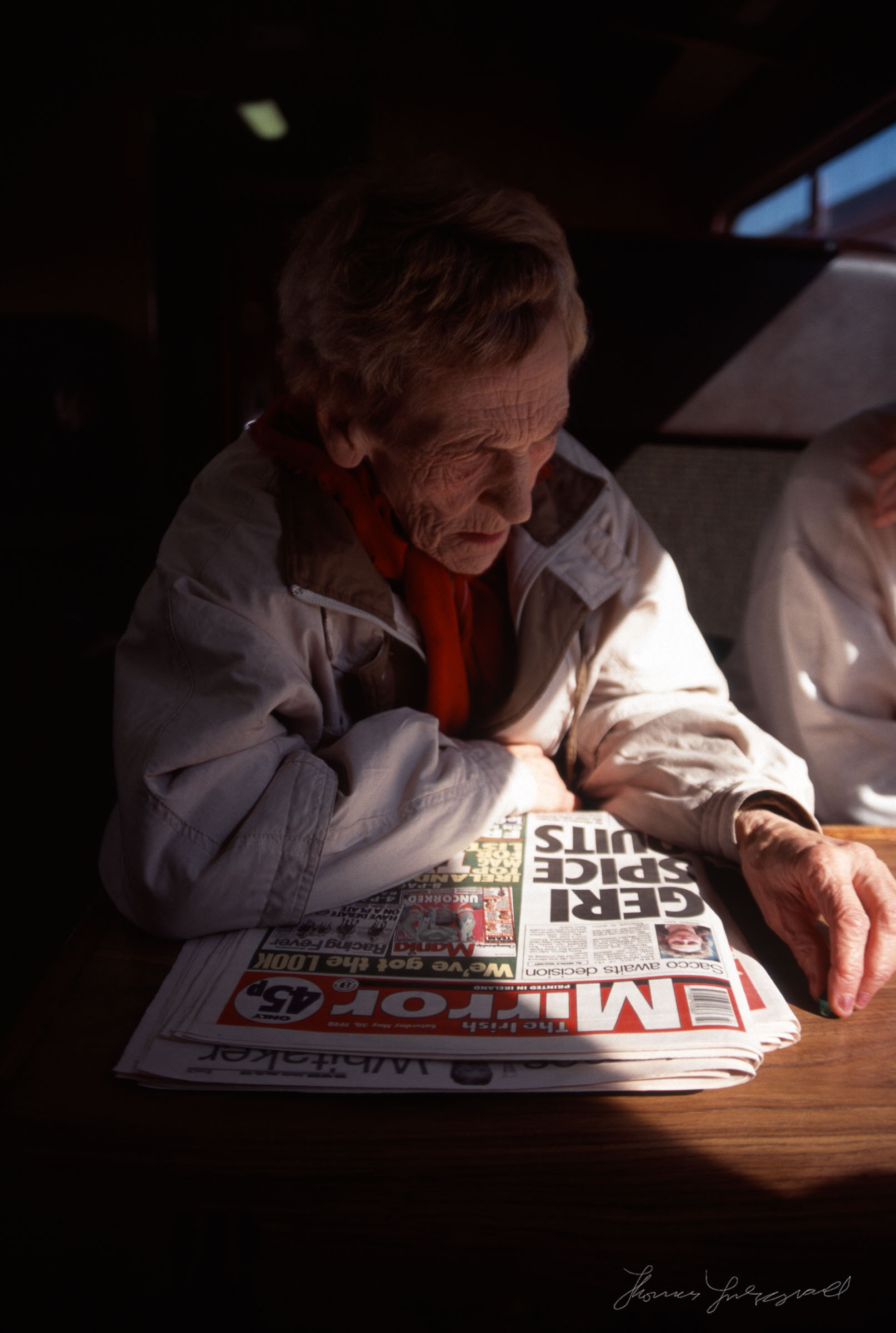The Real Velvia, Provia and Acros
One of the things that people love about their Fuji X-Series cameras is the film simulation modes and the rich colour that they give out of the camera. Many of these film simulation modes are based on actual films that Fuji makes, or used to make. Provia, Velvia and Astia are slide films, while the new (in the X-Pro 2) Acros is based on the Neopan Acros film. Lately I’ve been scanning some of my old film in and I realised that I have photos taken with some of these films, so I thought I’d share what the real thing looks like.
Back when I used to shoot only Film I preferred shooting transparency (slide) film because it gave a much richer image and had far less grain that many of the print films at the time. Getting slide film developed was always a bit tricky. Small labs would need to send it off to be processed, and it would often take a while to get the processed film back. Luckily, there was a professional slide processing Lab just around the corner from where I worked at the time, so it was relatively easy for me to get the film processed properly. That Lab unfortunately closed in the early 2000’s and since then it’s gotten much harder and far more expensive to get transparency film developed here in Ireland.
At the height of my slide shooting days, I mostly shot with either Kodak Elite chrome, which was my all time favourite film, but is now sadly no longer made, and Fuji Provia. Provia is a good film, although I preferred the look of the Kodak. On the other hand, you can still get Provia.
Here are some shot taken with Fuji Provia, sometime around 1998(ish)
I only ever shot a small amount of Velvia. Velvia is a special film that takes a bit of care to shoot with, and I found it difficult get right at the time. It was also one of the most expensive of the films that I used to use. I also found that getting it scanned correctly was a little trickier too because of the higher density it had. When you did get it right though, it could be great. Modern Velvia is a little easier to shoot with, so I’m told, although I haven’t tried recently. I am also a lot more experienced now, and so I would probably do a better job of it.
I don’t have that many images that taken with Velvia in the big stack of film that i’ve been scanning , but here’s a few. They were taken around 1997. (That’s what it says in my scribbled hand writing on the slide mount)
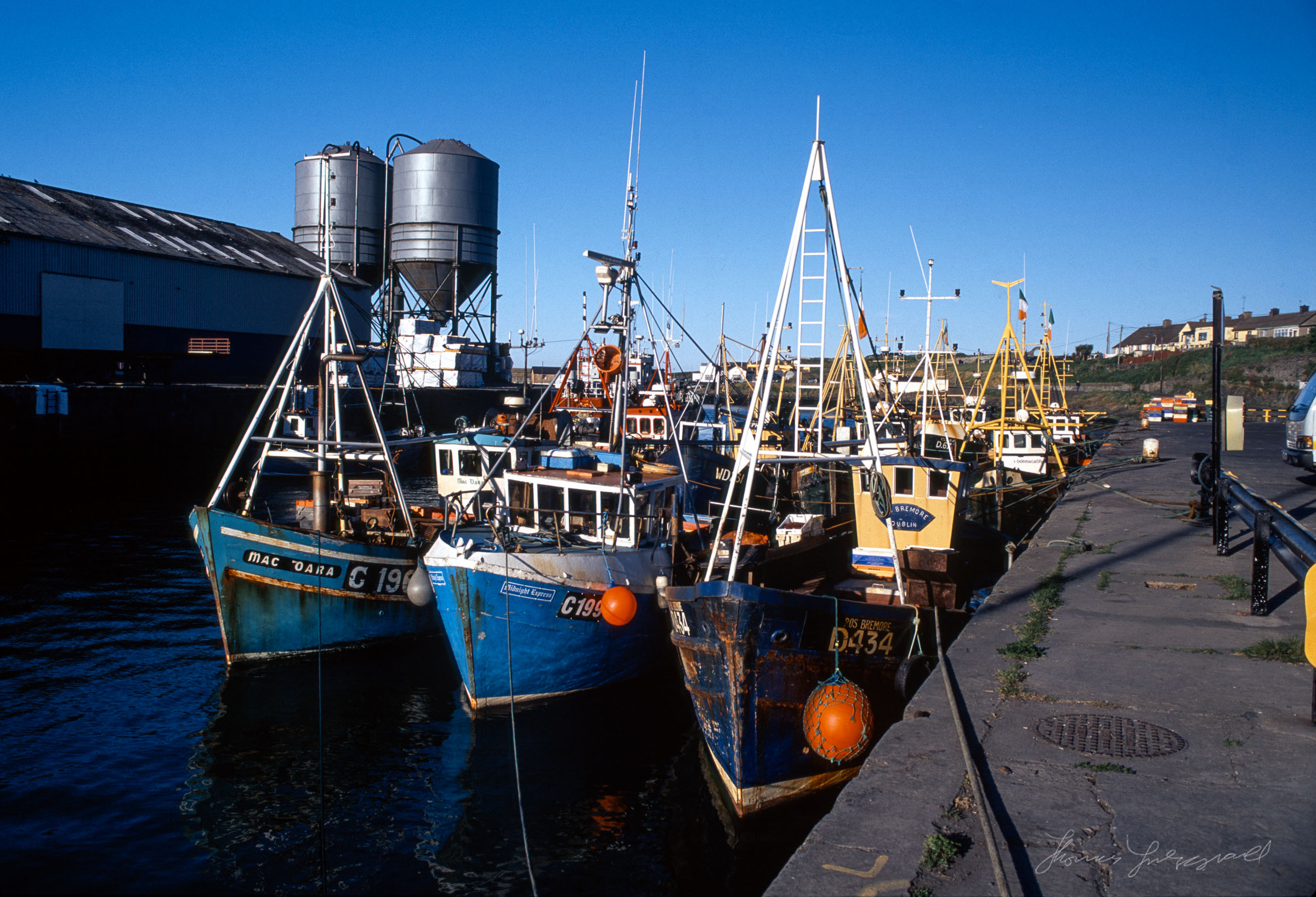
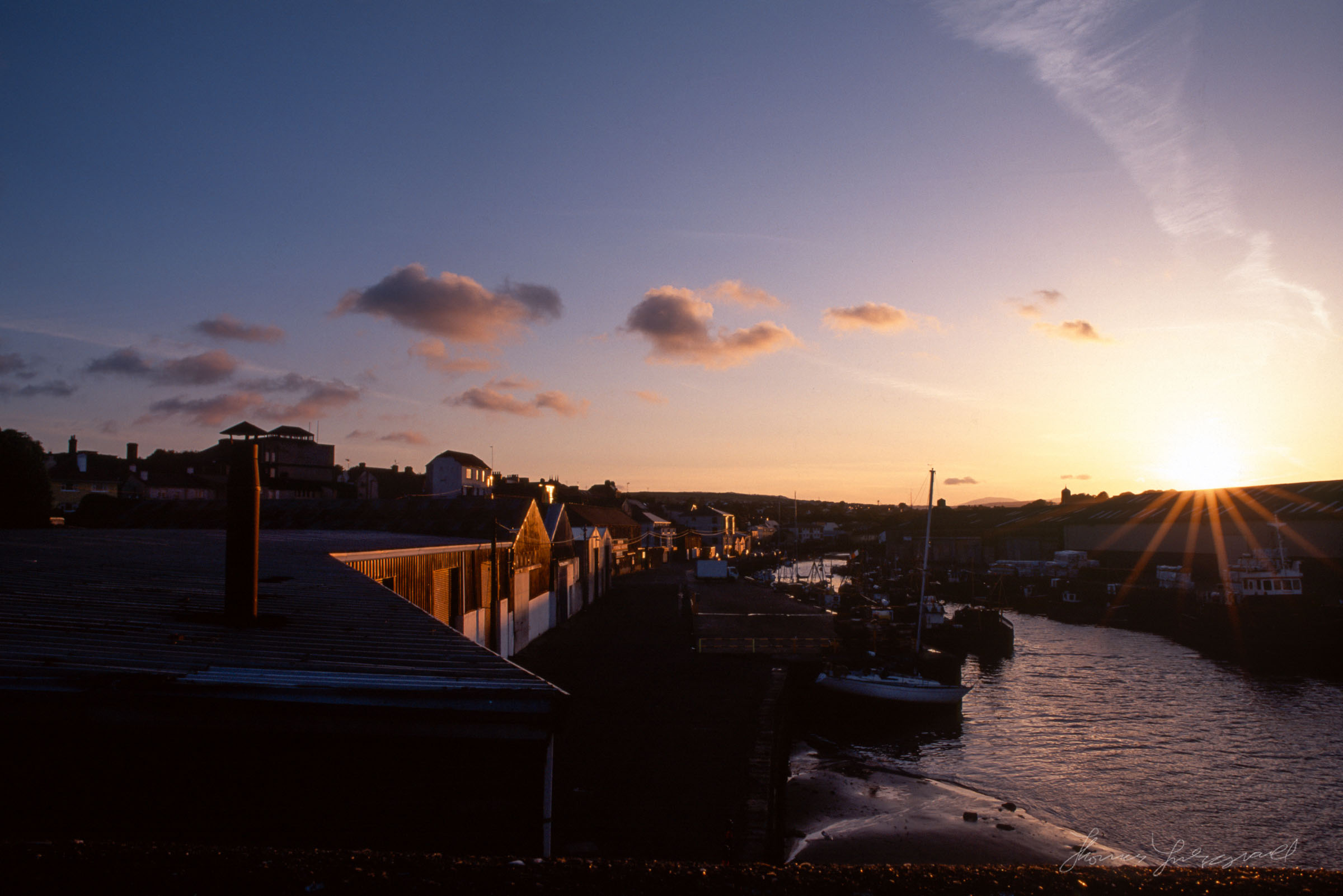
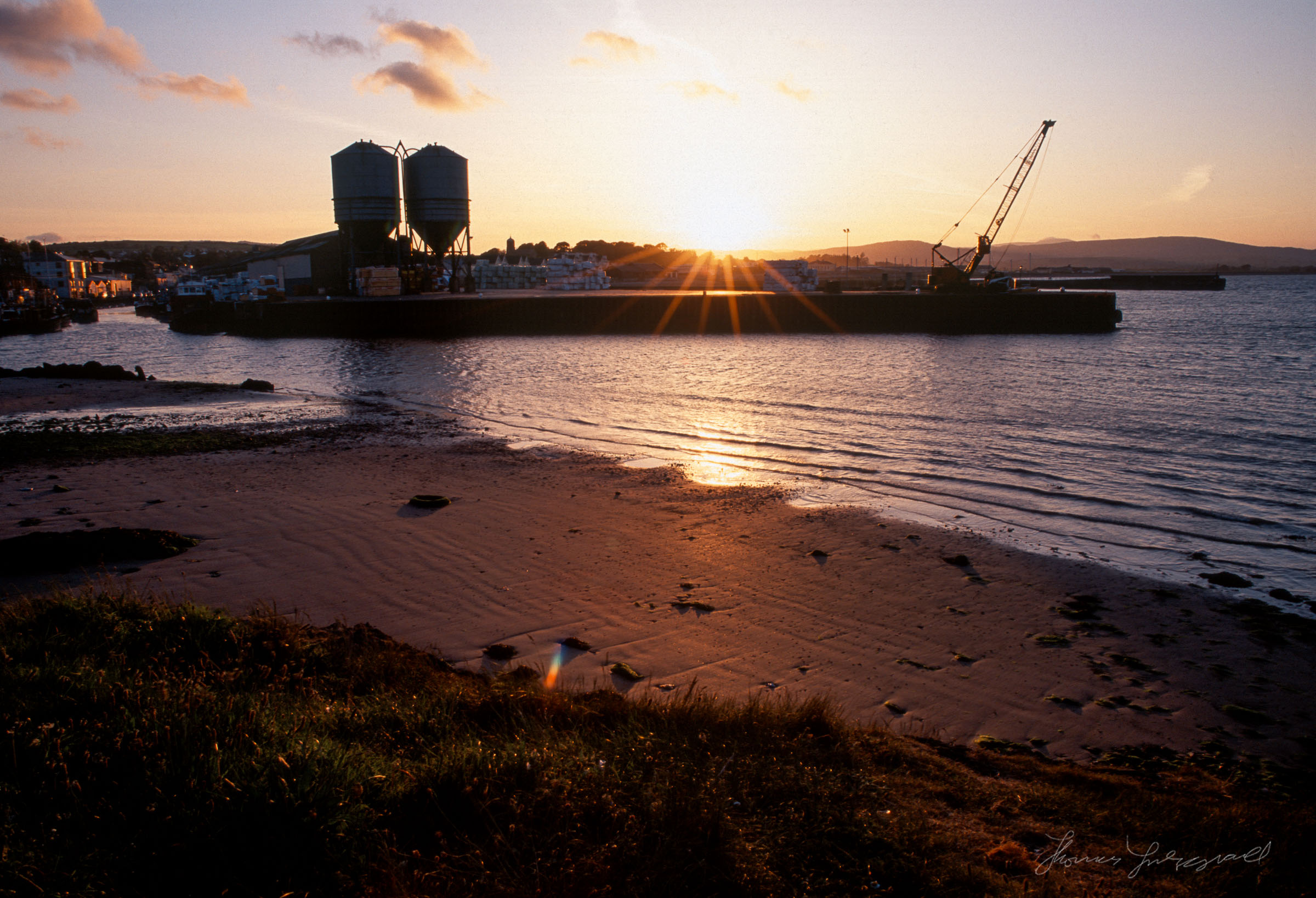
One of the other films I used to shoot with a lot was Fuji Sensia, but this is no longer being made. It was a cheaper slide film, and the cost included processing. You got an envelope with it and you would send it off. When I first started shooting slide film this is what I used, mainly because it was cheap. As I got more experienced and I could afford it, I graduated to the more expensive pro films. Sensia was ok, but not great. It had a lot more grain than the other, more professional films, although newer versions had less grain, but also lost the included processing. It was discontinued in 2010.
Here’s a photo shot on Sensia:
In my more recent film exploits I had been trying some Fuji Neopan Acros. This is a beautiful film, and I can see why it’s been included in the new X-Pro 2 as a picture style. It has a gorgeous and rich velvety texture to it. The grain is really nice too. It’s hard to say ow accurate the Digital version is, but to me, it looks pretty close in terms of tonality, although the film version depends on many factors, such as exposure, the way it’s processed, the way it’s scanned and how it’s post produced. To be hones, while I really like the version in the X-Pro 2, the film version has a lot more soul to it. But it’s also expensive, at least here in Ireland anyway.
Here are a few shots taken with Fuji Neopan Acros.


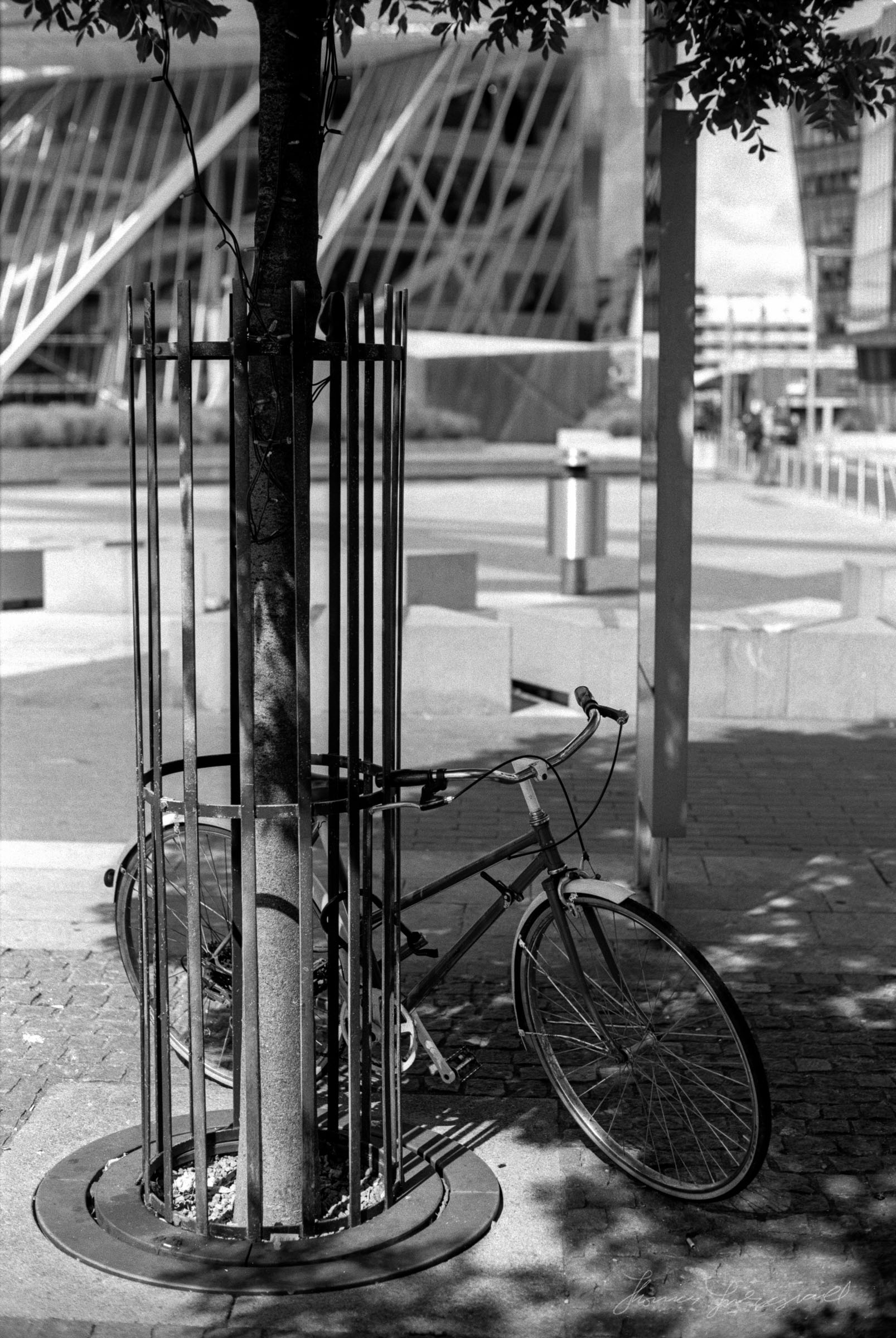
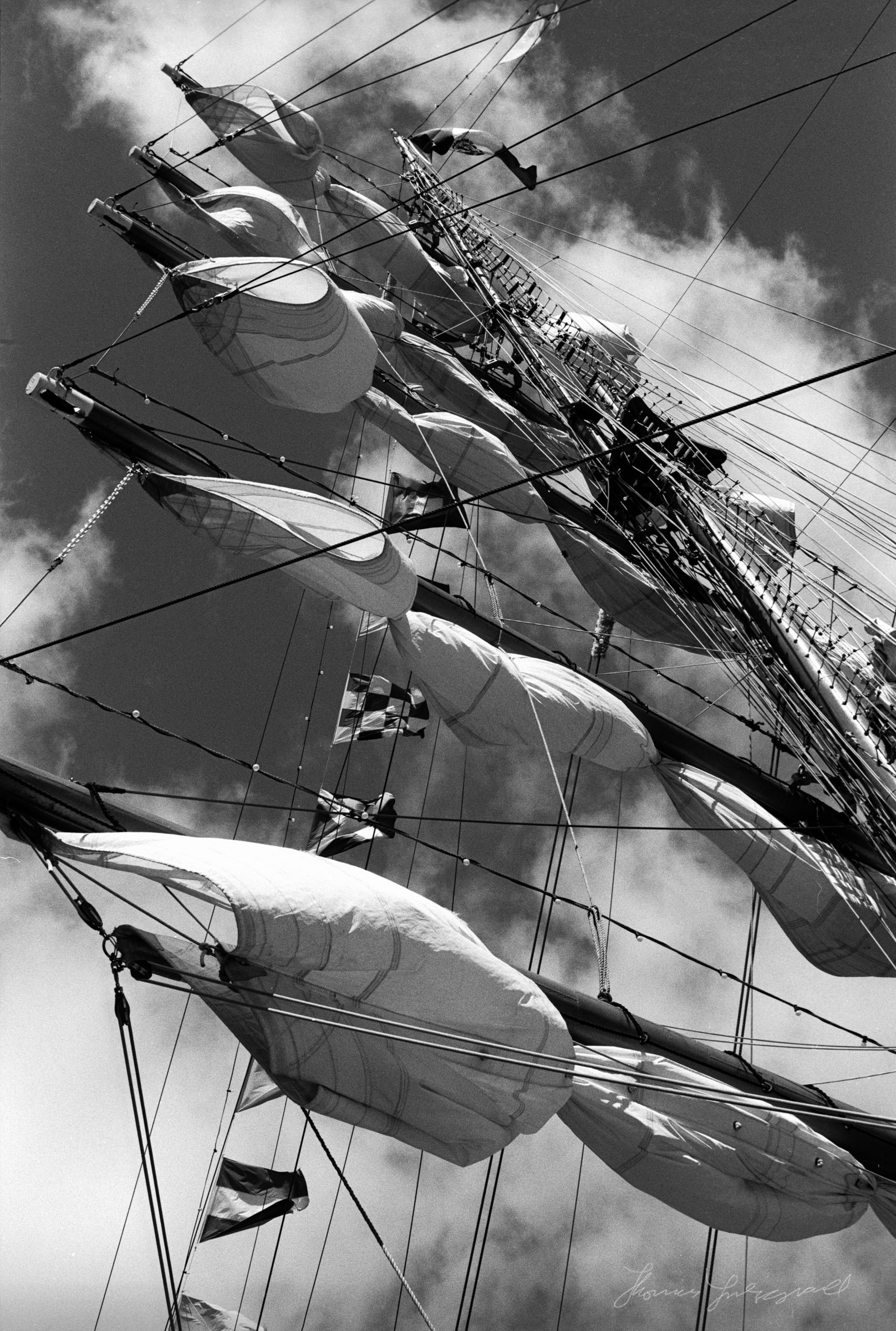

MIA: Astia and Kodak Chrome
There is one notable omission from my lineup of Fuji films that are on the X-Series of cameras, and that is of course, Astia. I don’t think that I ever shot with Astia. I may have used a roll once, a long time ago, but where that ended up I don’t know. I will never get the chance now, as it seems to have been discontinued.
I did shoot some other films too at the time, including Kodak Royal Gold, Fuji Superia, and a few other more obscure films. The obvious one missing from this roundup is Kodachrome. I shot one roll of Kodachrome, and I have no idea where they ended up (I’ve moved many times since then). Kdakchrome was the ultimate film to me when I was starting out in Photography, because it was what most of my idols who shot for National geographic used. Unfortunately, it was difficult to get in Ireland (well, I found it difficult to get, I’m sure I just needed to know the right lace), and processing took weeks, as it had to be sent to the UK. Kodachrome is long gone, but the legend will undoubtedly like on. I wish I knew where my slides had gone, but anyway.
Help Support the Blog
All of the work I do here, and the information on this blog is done entirely free of charge and takes up quite a bit of work. I want to spend more and more time on this blog, and offer more and more of this kind of information, tips and so on, so If you like what I'm doing here and want to show support, then you can do so by buying something from my Digital Download Store. I have Lightroom Presets, and e-books all available for download.
If you're a Fuji X-Trans shooter and Lightroom user, check out my guide to post processing X-Trans files in Lightroom. I also have a guides for processing X-Trans files in Capture One and Iridient Developer.
If you want to get regular updates, and notices of occasional special offers, and discounts from my store, then please sign up for the Newsletter.




